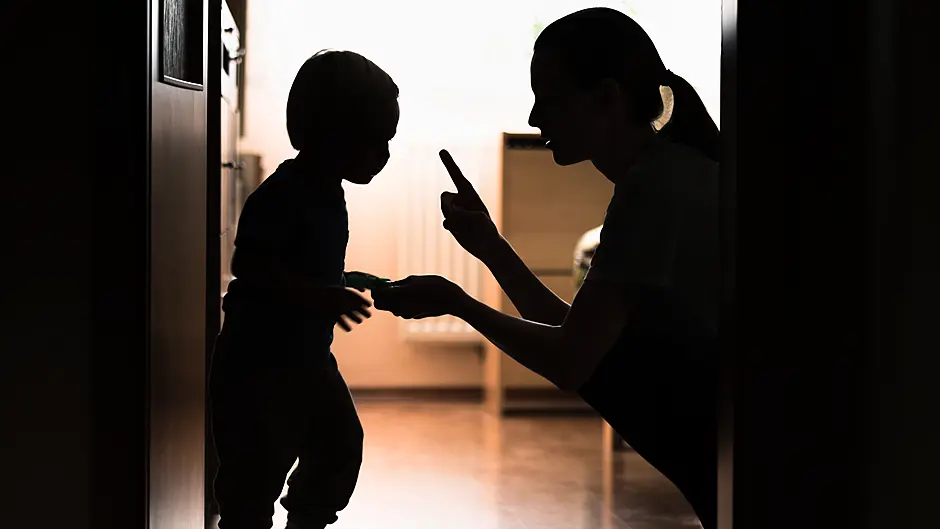
IN a survey conducted by psychology researcher Dr Jer Clifton, parents were asked what kind of world beliefs they thought were best for their children.
He found a substantial number believed in teaching their kids that the world is, in many ways, a bad place: unfair, dangerous, and getting worse.
Additionally, Clifton found that most parents wanted to avoid their kids having very positive views of the world.
Why? The three main reasons, says Clifton, revolve around concerns about success, health, and well-being.
People working in business or in high-powered jobs, says Clifton, often think you can’t succeed in this type of job unless you have a darker view of things.
Others – for example, healthcare workers or policemen/women – sometimes think that seeing the world as safe leaves you vulnerable to exploitation, says Clifton, so they believe in staying vigilant to danger.
Others, he says, believe you’re liable to be disappointed if you see the world as some amazing place, and that it’s better to keep expectations low.
The beliefs underpinning these sentiments can vary, but you could say they are united by a common theme: that is, it can be good for young people to see the world as bad.
However, the data shows otherwise. Clifton found negative beliefs about the world are associated with worse health, increased negative emotions, higher rates of depression, lower job satisfaction and work performance, and clearly lower life satisfaction and well-being.
Additionally, statistical analysis showed even those with a ‘slightly good’ view of the world experienced worse outcomes than those with a ‘very good’ view.
In other words, it’s not a good idea to bring your child up to see the world as a bad place. Yes, there may be certain positives (for example, being quick to spot a threat). However, the advantages are easily outweighed by the disadvantages (for example, excessive worrying, imagining threats, anxiety, anger, and so on).
Untrustworthy
As Clifton notes, separate research shows people who see the world as threatening are more likely to interpret neutral faces as untrustworthy, unhappy or cold. Hence, anxious people tend to be vigilant and alive to threat, often seeing dangers around every corner.
Similarly, angry people are more likely to have a thinking style that leads them to misinterpret others’ intentions as hostile or malicious, even in benign or ambiguous situations.
This same tendency is also evident in depression, with depressed people more likely to assign negative meanings to ambiguous or neutral events. Studies using word association and facial recognition tests have shown that depressed people are more likely to perceive neutral stimuli as negative. Similarly, a depressed person may struggle to distinguish between neutral and negative emotional tones in conversations or written
text.
Many factors are at play in such instances, but one can see how seeing the world as a tough, unforgiving or dangerous place can negatively shape your personal world-view.
How you see a place shapes your behaviour in that place. If you see a place as a battleground, says Dr Clifton, you’re likely to be jumpy and ready to fight. If you see it as a playground, you’re more likely to play, feel good, and make friends.
‘What happens if you see the whole world as a battleground?’, he asks. That belief could shape not just your actions, but your entire experience of life itself – and not in a good way.
It’s understandable that parents don’t want their children to develop an unrealistically rosy view of the world, but adults should be careful about the messages they impart. For example, there is a big difference between teaching kids that life can be unfair, and teaching them that life is unfair.
The research convinced Jer Clifton to try and teach his own kids two things. One, that there is a ‘bunch of specific bad stuff you need to watch out for’.
And the second? ‘The world is wondrous and life’s a gift. The good things in life don’t just outweigh the bad, they dwarf it.
‘Whenever you lose sight of that, you only need to look around and rediscover the incredible beauty all around you.’








